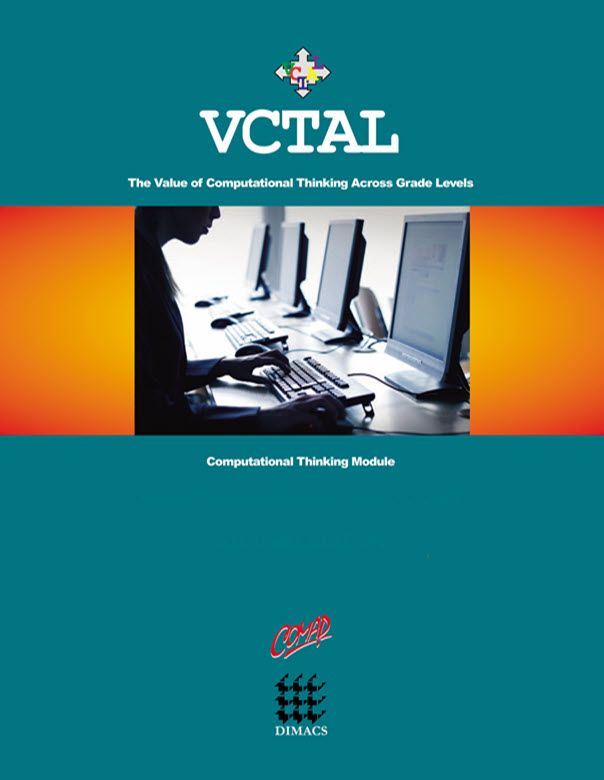Polynomiography: Visual Displays of Solutions to Polynomial Equations (Student)
Author: Carl Anderberg, Jonathan Choate and Bahman Kalantari
What Is Computational Thinking?
Computational thinking is a high-level thought process that considers the world in computational terms. It begins with learning to see opportunities to compute something, and it develops to include such considerations as computational complexity; utility of approximate solutions; computational resource implications of different algorithms; selection of appropriate data structures; and ease of coding, maintaining, and using the resulting program. Computational thinking is applicable across disciplinary domains because it takes place at a level of abstraction where similarities and differences can be seen in terms of the computational strategies available. A person skilled in computational thinking is able to harness the power of computing to gain insights. At its best, computational thinking is multidisciplinary and cross-disciplinary thinking with an emphasis on the benefits of computational strategies to augment human insights. Computational thinking is a way of looking at the world in terms of how information can be generated, related, analyzed, represented, and shared.
Module Background
This mathematically inspired computer medium is based on algorithmic visualizations of one of the most basic and fundamental tasks in sciences and mathematics: solving a polynomial equation. Polynomiography has numerous applications in education, computer science, mathematics, fine arts, and design. It helps student to think about why (since antiquity) solving for the unknown in a polynomial equation has remained such a difficult task, why we need algorithmic methods to do it, and whether they can be approximate or must be exact. With the increasing role of visual tools and technologies, the search for these solutions introduces a striking appreciation of the connections between creativity in art and the intrinsic beauty of science and mathematics. Students are able to visually discover the Fundamental Theorem of Algebra, symmetry in shapes, the concept of iteration in science and nature, the notion of convergence, sensitivity of solutions as data parameters change. Students are encouraged to structure their own investigations with the module and to share their images and discoveries through social networking.

Mathematics Topics:
Application Areas:
Prerequisites:
You must have one of our Free Memberships or a paid Full Membership to download this resource.
If you're already a member, login here.